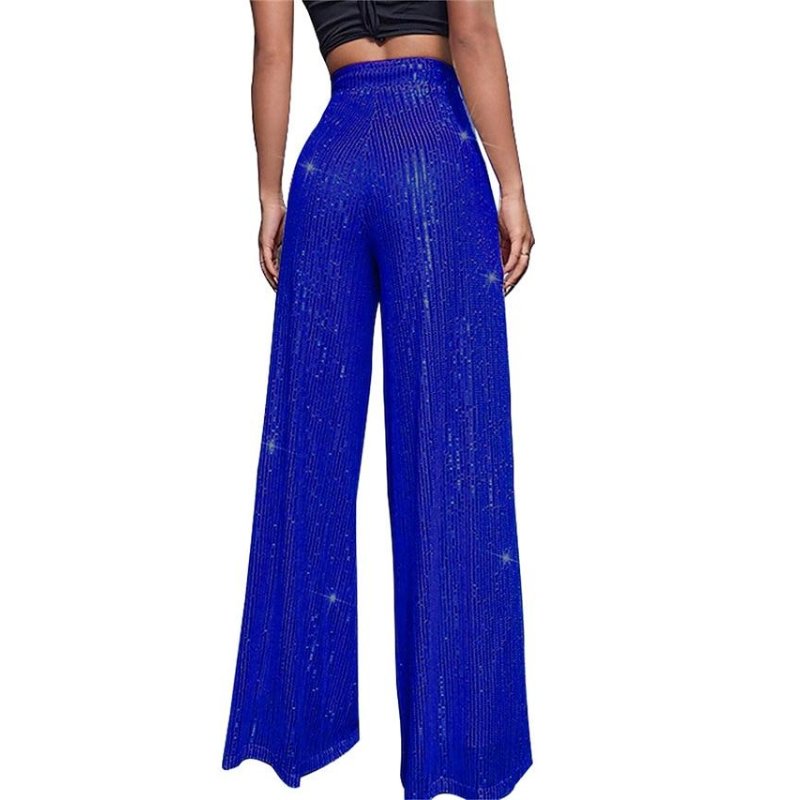Tag 1: Clothing
Tag 2: Fashion Industry
Tag 3: Trends and Styles
Fashion has always been a form of self-expression, with the clothes we wear reflecting our personal style and cultural influences. However, it wasn’t until the early 20th century that fashion truly transformed from simply being functional clothing to statement pieces.
Initially, clothing was solely used for practical purposes such as covering and protecting the body. Fabrics were made from natural materials like cotton, wool, and silk which limited the variety in designs and colors. It wasn’t until the Industrial Revolution that clothing production became more efficient and accessible for people of all social classes.
In the mid-1800s, fashion magazines emerged showcasing different styles and trends across Europe. This led to an increase in demand for fashionable garments as people began to use their appearances as a way to showcase their wealth and status.
The rise of department stores also played a significant role in transforming fashion into what it is today. These stores provided consumers with a wide range of options at affordable prices compared to custom-made clothing by tailors or dressmakers.
As technology advanced, so did the techniques used in creating garments. The introduction of sewing machines allowed for mass production of clothing items at a faster rate while still maintaining quality.
In the early 1900s, renowned designers like Coco Chanel revolutionized fashion by introducing new silhouettes such as shorter hemlines on dresses known as “flapper” style. This sparked an era where women’s fashion focused on comfort rather than restrictive corsets or long skirts.
Throughout history, various events have influenced trends in fashion such as World War II leading to rationing of fabrics resulting in simpler designs. The civil rights movement also brought about changes where African American culture greatly impacted mainstream fashion through colorful prints and patterns.
Today’s fast-paced society has given rise to “fast fashion,” where clothing is produced quickly and inexpensively, resulting in rapid turnover of trends. Social media has also played a significant role in shaping fashion as influencers share their outfits and styles with millions of followers.
In conclusion, the evolution of fashion from functional clothing to statement pieces has been a journey influenced by social, cultural, and technological changes. Clothing now serves not only as a necessity but also as an avenue for self-expression and creativity. From handmade garments to high-end designer brands, fashion will continue to evolve with each passing era.

